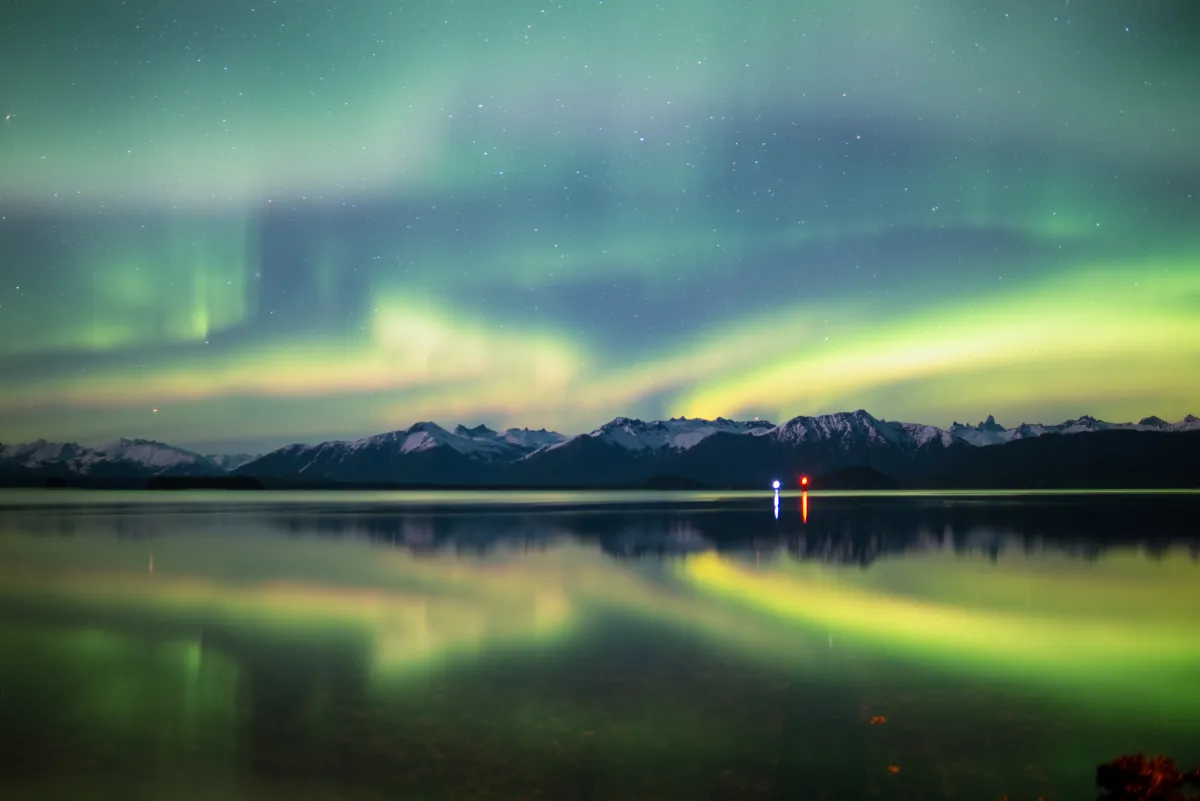

Maybe you’ve seen enough of the lower 48 at this point. Have the Rockies lost their luster? Are the Appalachians getting old? Do you feel hemmed in, even in big sky country? Have you thought about a move to Alaska? To some, Alaska is a terrifying expanse full of grizzly bears and moose and untouched, vicious wilderness. To others, Alaska is the most exciting expanse full of grizzly bears and moose and wilderness in the world.
Videos by Outdoors
I’ve been planning a move up to Juneau for the last few months, and now that it’s imminent, I thought I’d share how I’m preparing and what I’ve learned. There’s personal health planning involved, cultural considerations, and some specific outdoor gear to look for. Credit where credit’s due: while supplemented by the Outdoors team, a huge chunk of this information is thanks to my partner, Hillary Hunter, born and raised in Petersburg, Alaska. She’s been guiding me through the process, and now I’ll pass some of that along to you. Here’s some advice on how to move to Alaska.
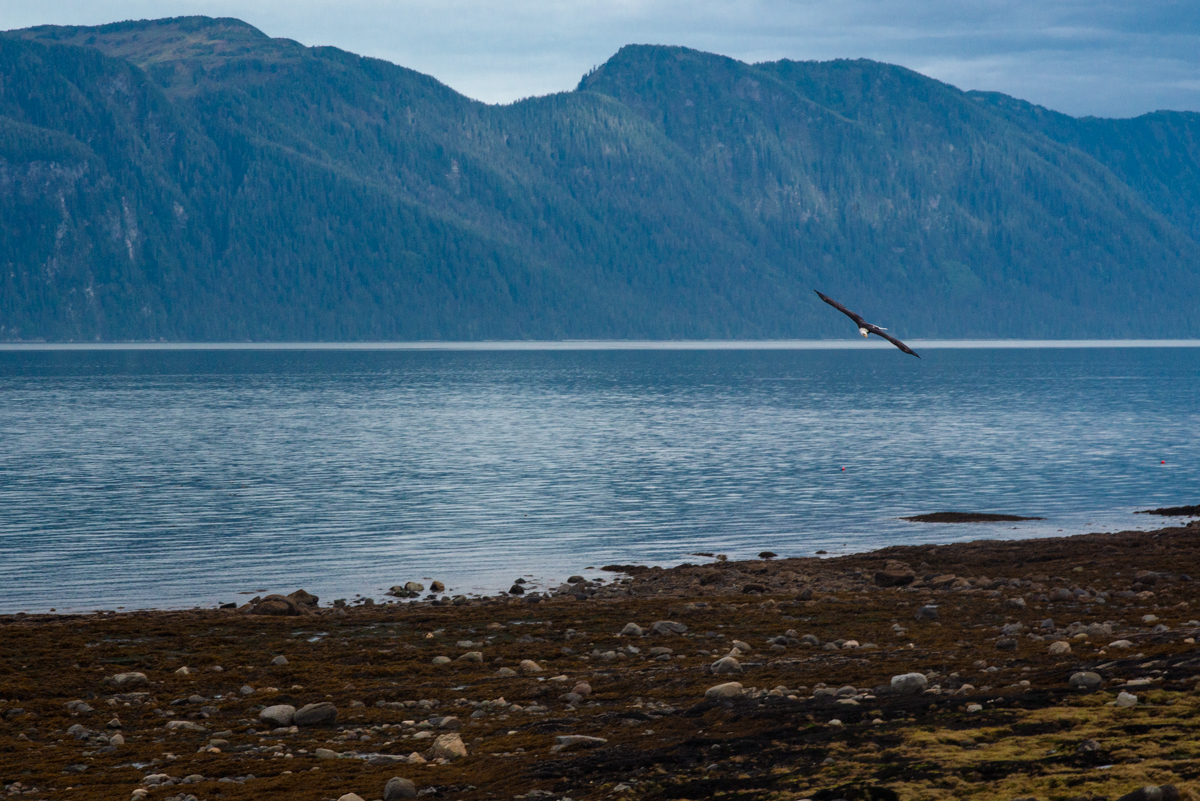
First: Where in Alaska Are You Moving?
Don’t forget, Alaska is big. Really big. At 586,412 square miles, or about 365,000,000 acres, if placed in the middle of the lower 48, Alaska would touch every border: east, west, north, and south. A move to Alaska can mean completely different things depending on where in Alaska you actually move. The interior, for example, can have drastic temperature changes with surprisingly hot summers, and it can be dry. You could call some parts an Arctic desert.
Southeast Alaska, by comparison, is a temperate rainforest and has some of the wettest places on the planet. There is still variation within southeast Alaska, of course, but on average, many areas in southeast Alaska receive between 60 and 140 inches (1,500-3,500 mm) of precipitation annually.
When you go all the way north, then, you’ll run into genuine Arctic conditions. It’s a special place, to have the privilege of living in Native communities where English is a second language, but fresh produce? Forget about it. And anywhere in Alaska, prepare for the mosquitoes. Seriously.
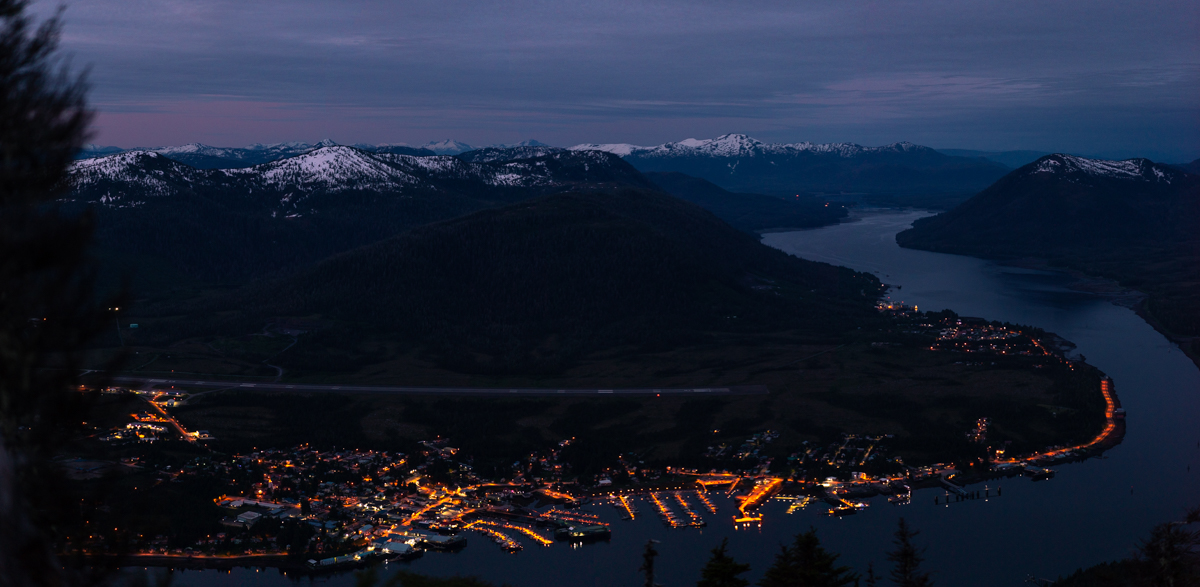
Prepare for the Gray
In late December, in Juneau, the sun is rising at around 8:45 AM and setting around 3:00 PM. Looking at Fairbanks, even farther north, the sun is rising around 11 AM and setting at 2:48 PM. And remember, it won’t even rise all the way into the sky. Besides that, at least in southeast Alaska, you probably won’t see the sun through the clouds for weeks and weeks, more likely months, at a time. As you can imagine, this lack of sunlight affects both the body and the mind.
To compensate for this, you’ll want to take some supplements. Vitamin D is the main one, with 3-4,000 IU (Individual Units) recommended in the winter. I’ve even been told to seek out 5,000 IU. It can take a little time for Vitamin D to build up in your system, so start taking it a few weeks before you move.
Fish oil supplements are also popular in places where there’s little light, and partially that’s because they also provide Vitamin D. They provide omega-3 fatty acids as well, which is key for general health. If you don’t want to take a supplement, you could always just incorporate more fish into your diet. Chances are, living in Alaska, you’ll get quite into eating salmon anyway.
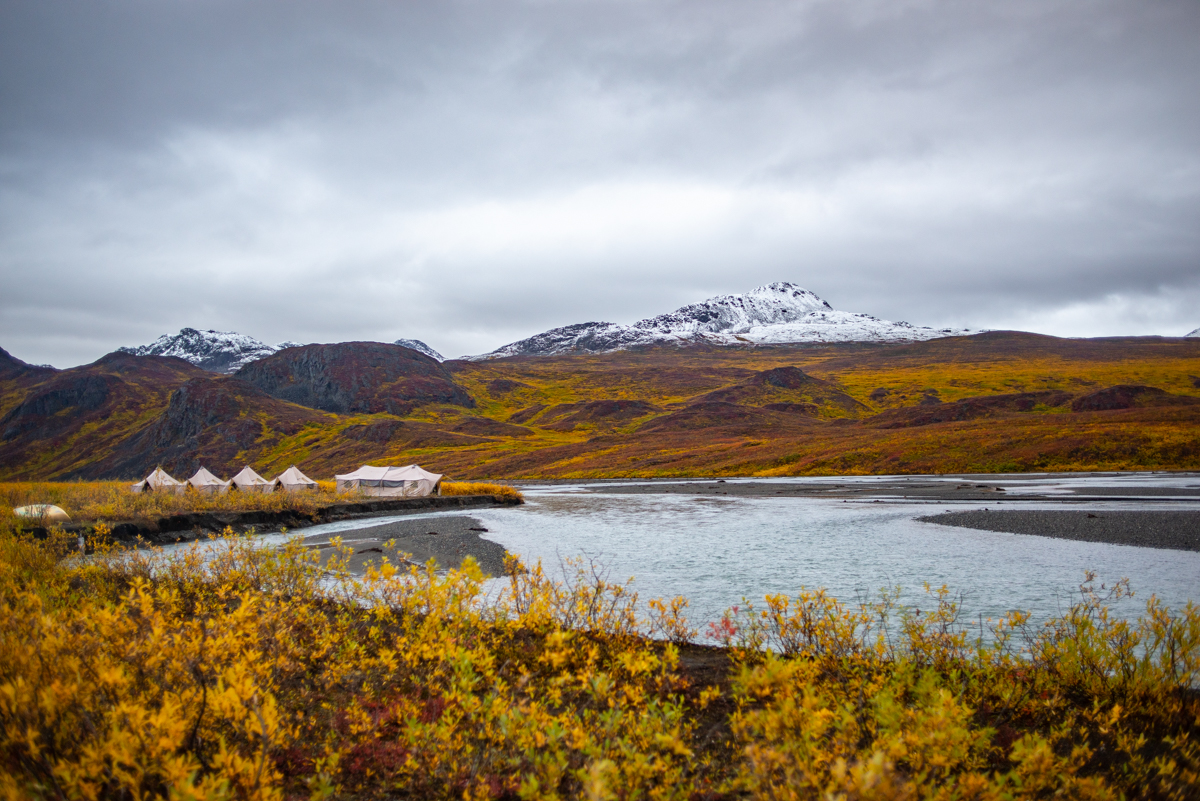
Get a SAD Lamp
With such a distinct lack of sunlight, it’s important to trick your brain into thinking you’re not living in the dark. These lamps simulate sunlight in order to help your brain release serotonin. Commonly used to treat Seasonal Affective Disorder (SAD), they’re used in the lower 48 as well. When shopping, you’re looking for at least 10,000 lux. You want one with a UV filter as well. Some amount of UV exposure is vital to the function of these lamps, as it helps your body convert Vitamin D into an active form. That said, too much UV exposure is, of course, unhealthy. Look for one with a good amount of surface area, too.
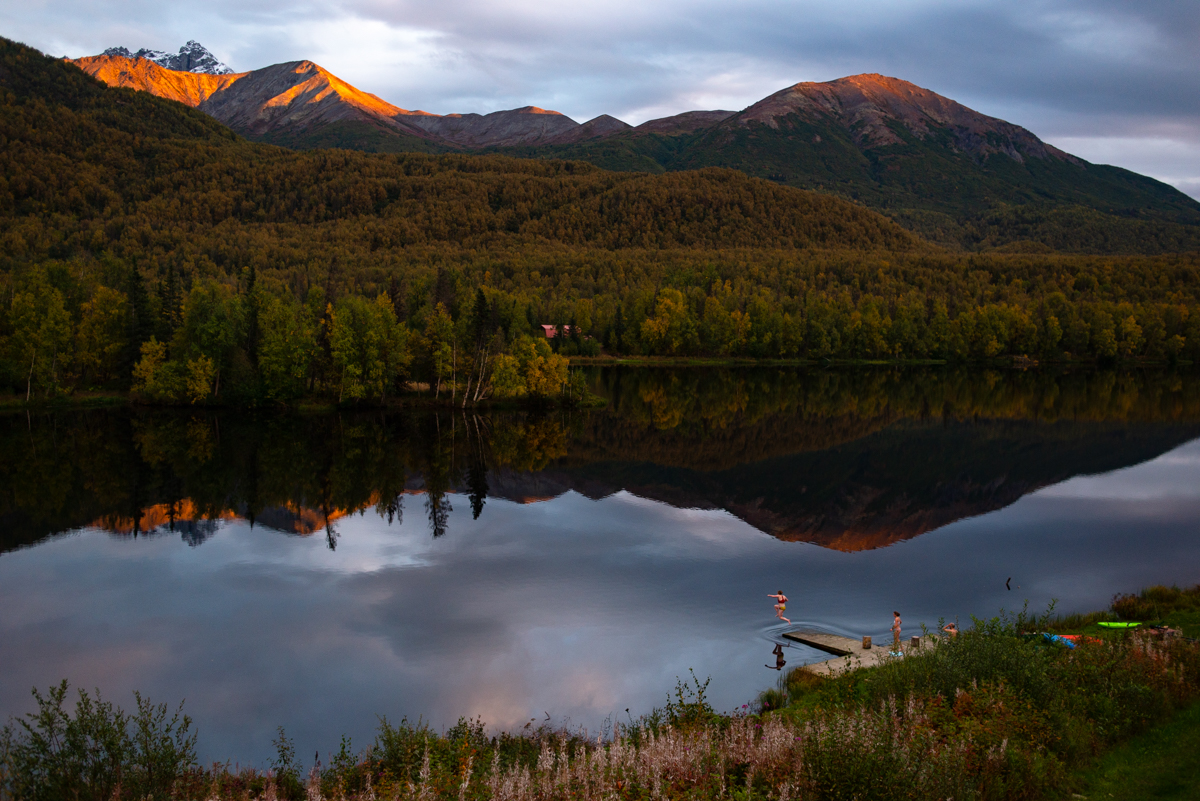
Wait, What Even Are Seasons?
On the flip side, don’t forget that in the summer, you’ll have exceedingly long days. Take full advantage of this. When the sun’s out, go adventure in the outdoors, don’t let anything stop you. Likely, you’ll sleep less, and it’s best to just embrace it. You might still want to invest in some blackout curtains, though. You’ll really feel spring and summer. When everything else comes alive, so will you.
Come fall and winter, you’ll want to pick up an instrument or find a hobby. Learn a sport like cross-country skiing or snow machining (it’s not called a snowmobile up there). For wet winters, you can tap into the creative community, which is truly incredible up there. After months trapped inside, you’ll see why.

Moving to Alaska? Get Some Xtratufs
Outdoorsy folks flock to Alaska every year for quality exploring. If you’re moving there, you’ll want to pick up some quality rain gear, winter gear, and the same rain boots that Alaskans swear by. Those are Xtratufs. As far as rain gear goes, there’s “waterproof,” and there’s Alaska waterproof. Guy Cotten and Grundéns are popular as well.
Especially in southeast Alaska, these just might be the only shoes that actually keep your feet dry in the bush. They’re also popular among commercial fishermen, which should speak to their waterproof qualities, durability, and traction. For winter conditions, you can layer socks and stay warm in these. Otherwise, you will want to pick up a separate pair of insulated winter boots. Before you go parading around town in your new boots, though, you might want to dirty them up on a day hike. In smaller Alaskan towns, everyone clocks a new arrival in spotless Xtratufs.
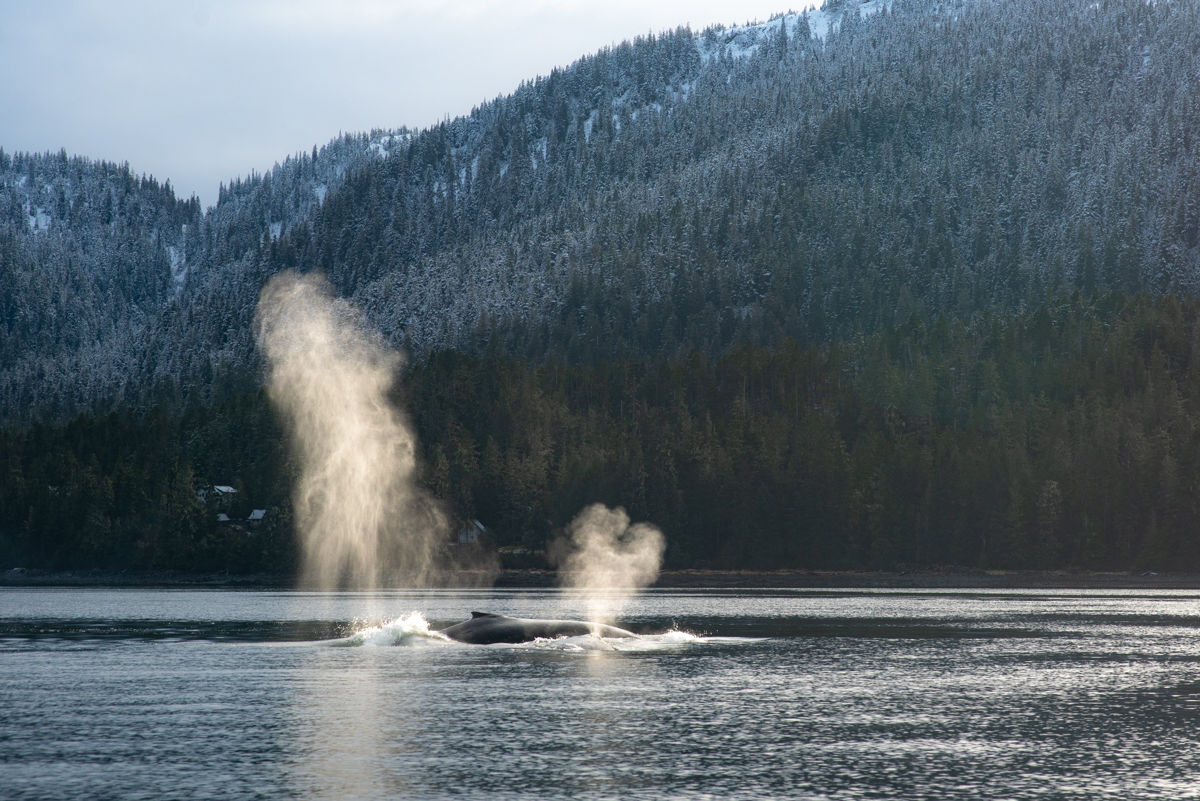
Take a Native Language Course
There are a huge number of distinct Indigenous communities across Alaska, and if you’re moving there, it’s important to consider your relationship to them. A little research is a good place to start, depending on where you’re planning to move. Thanks to The 1971 Alaska Native Claims Settlement Act (ANCSA), which directed “45.5 million acres of public land to village and regional Native corporations,” there is only one reservation in the entire state. In general, Native culture is much more integrated with settler-colonial culture than it is in the lower 48.
Personally, I’m going to seek out a Tlingit language course at University of Alaska Southeast when I arrive in Juneau. Across Alaska, though, there are 22 different Native languages. When it comes to finding your place culturally, a language course is a great place to start for many reasons. It opens the door to connection and understanding. After some initial education, branch into kids’ picture books. They’re an excellent place to learn local legends.
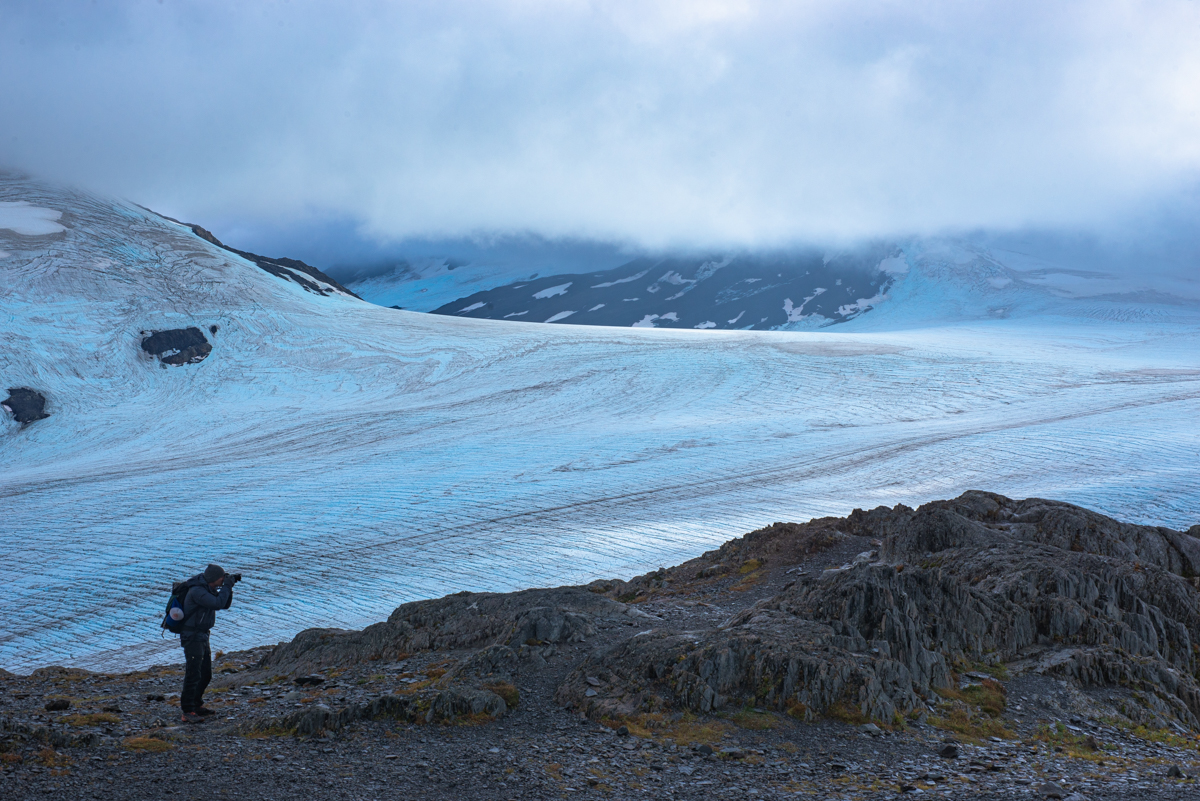
Moving to Alaska? Buy the Right Car
As my partner and I have been planning our move, one of the biggest things has been shopping for a car. With Alaska being more remote, and with southeast Alaska often only being accessible via plane or ferry, the market for cars is significantly smaller. Dealerships are a good option, but local Facebook groups might be an even better choice. It’s more of a community endeavor, and you want to be able to consider every car available to you.
There are two non-negotiables for us, arriving in winter: all-wheel drive and winter tires. We want all-wheel drive for winter conditions and back roads. Paved roads are a luxury up here, not a guarantee. To get out to the logging roads and the fun adventure spots, you don’t want to be restrained by a city car. If the car we buy doesn’t come with winter tires, we’ll pay extra to install them. High clearance is also helpful for snowy conditions. One fellow Outdoors writer, having lived in the interior, warns: “Your windshield WILL crack. It’s a rite of passage.”
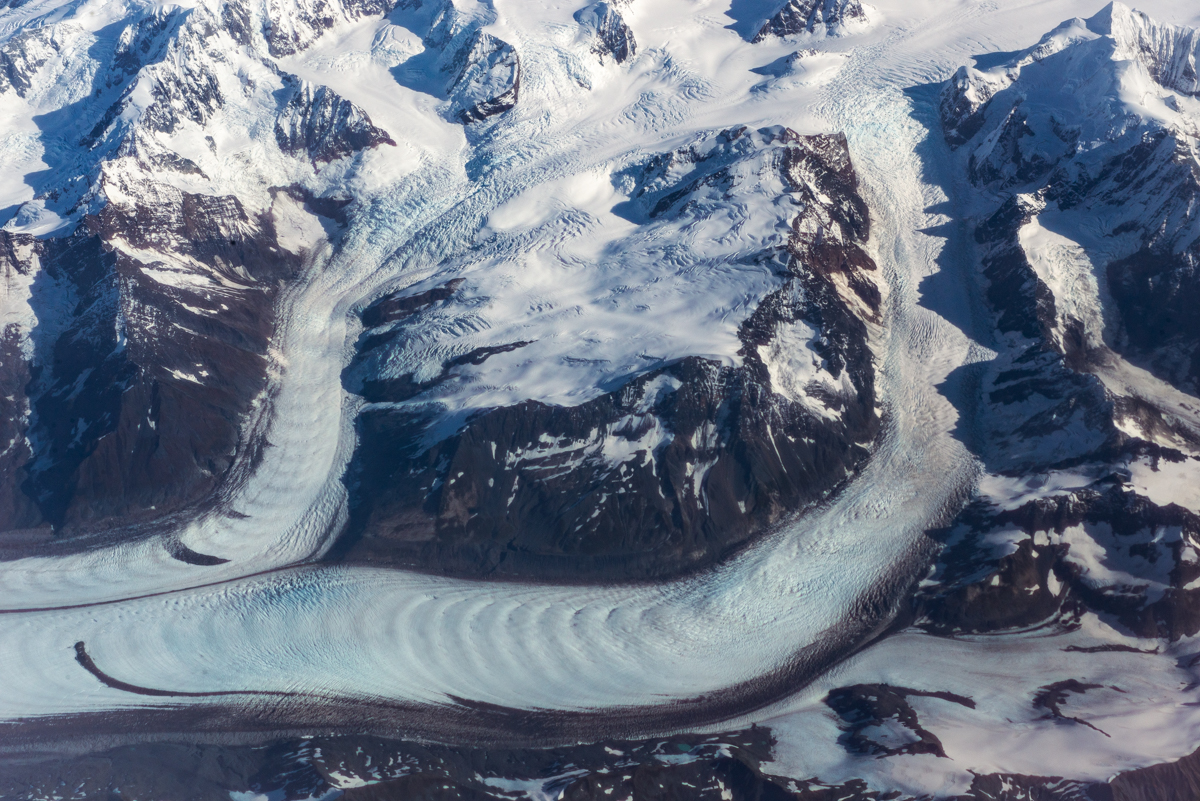
Lastly, Be Cool
Not in a temperature sense, but in terms of how you view this process and how you act upon arrival. A lot of people romanticize this move and are surprised by the reality. It’s a high cost of living up there. Housing is limited. Food and gas have to be shipped there. You won’t have the chains you’re used to, and community can be challenging to crack into. Two-day shipping? Forget about it.
Especially when it comes to the lack of daylight in winter months, you should be intentional about setting your own expectations. I’m thinking about this myself. It feels like an adventure to me, but to my partner who’s been there for so much of her life, it’s just home. We might romanticize things like hunting and fishing and living off the land, but if you step back, that’s a little ridiculous. For a lot of Alaskans, it’s just a part of life that saves them some money.
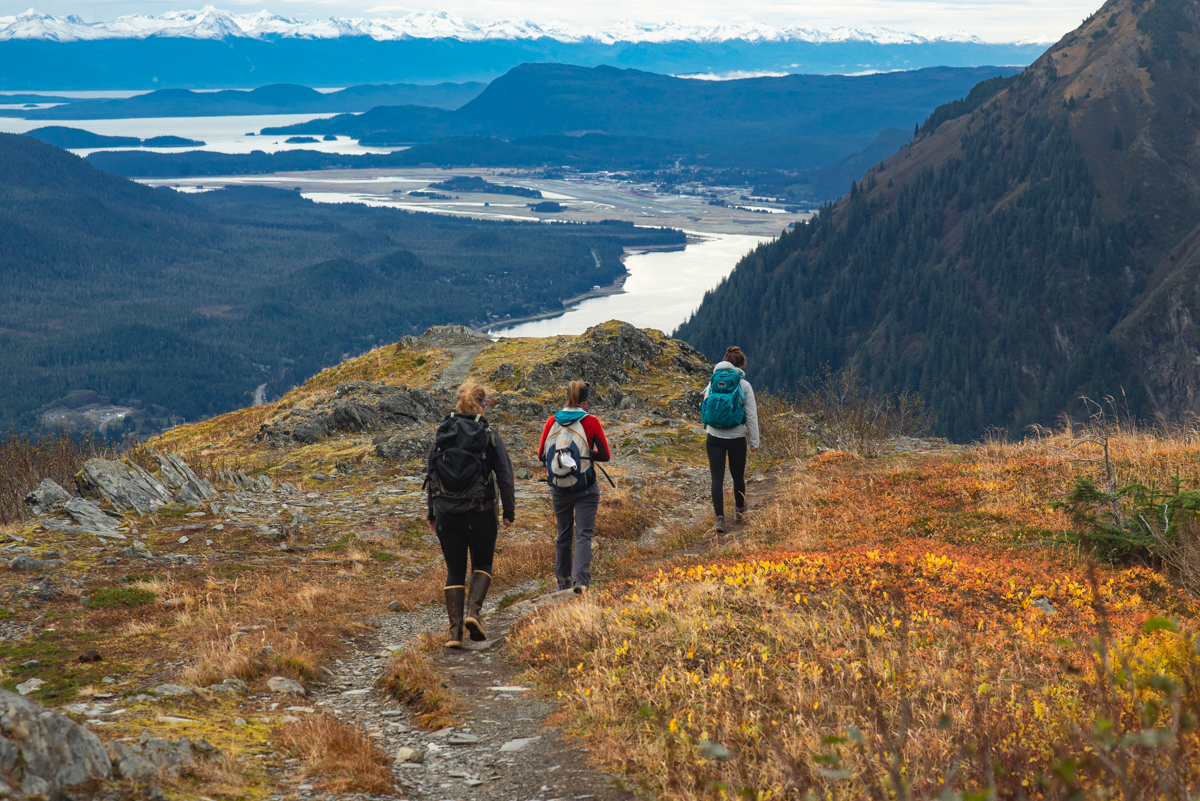
What Do You Want From Your Home?
Don’t forget, this isn’t some exotic adventure for everyone. People are born and raised here. People lived here before you decided to move, and they’ll be here after you leave (if you leave). Native communities have ancestral homes here. Of course, when moving anywhere, we should consider and respect the communities we’re joining. With Alaska, though, there is a specific camaraderie and pride that comes with living in a place so many view as unfriendly and extreme. Don’t fall into stereotyping. When we go and see for ourselves, that’s the only way we’ll know what it’s really like. It’s not for everyone. The elements that make it challenging are extremely challenging and drive people away. But the highs that make it high? There’s nowhere else like it.
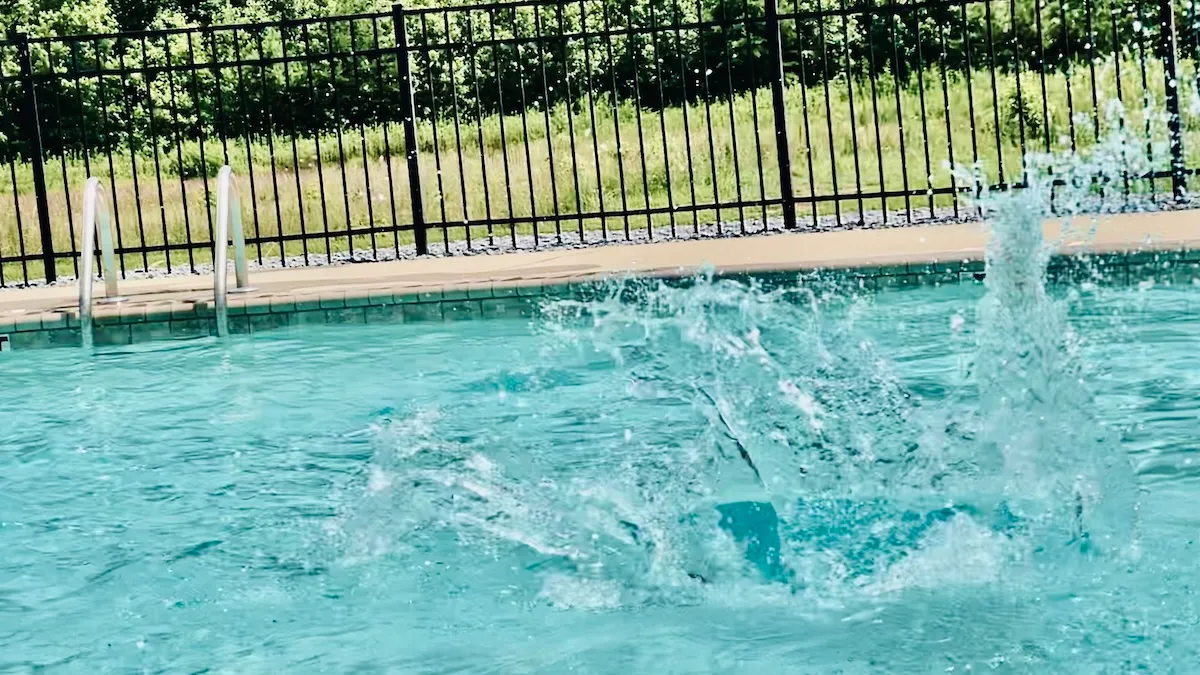
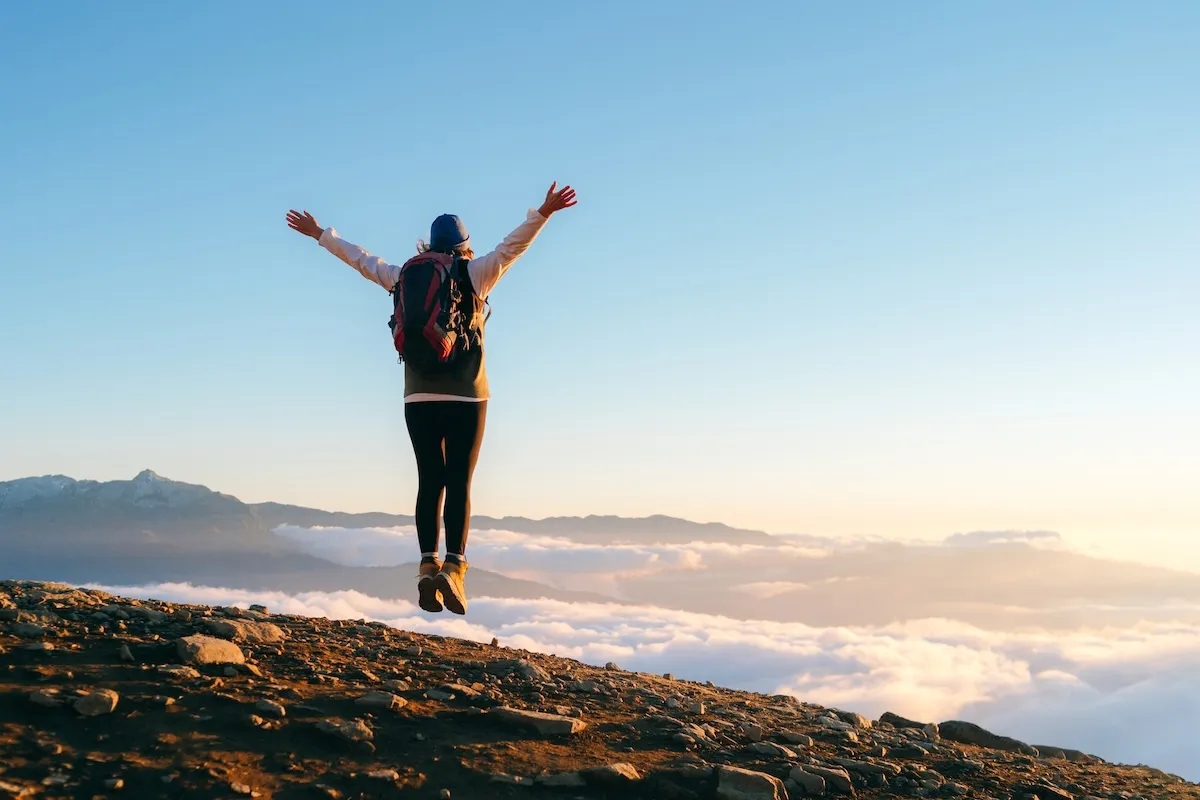
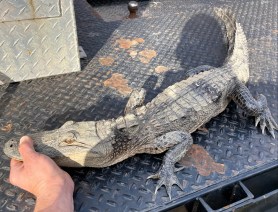
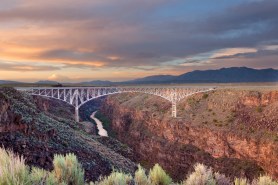
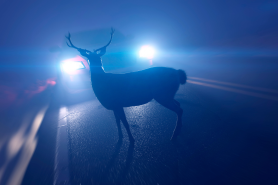
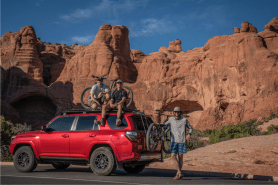
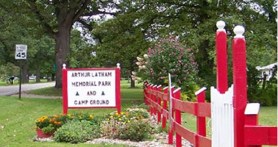
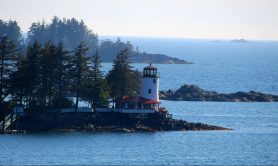
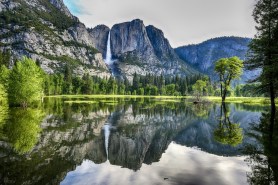
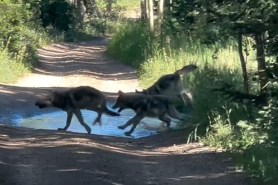
I came to Juneau in 1976 at age 40 with my wife and two boys, 3 & 5. Worked for the U.S. FOREST SERVICE on a two year contract with return rights back to Sacramento, CA. Two years came and went and we never looked back. I am now 87 and still live in Juneau with my wife and the two boys (men) who have made their own way here after 10 years in the lower 48. Much of what the author said is true, but he seems to have emphasized the negative. For example, cabin fever?….only if your an artist or a wimp. He failed to mention the great skiing 30
minutes from town. Dining on king crab you caught yourself,, dripping in butter and lemon sauce. If you can fly out to a remote cabin 80 miles from town, be. dropped off for a week w/o communication, hunt or fish for sustenance, and call that fun, come to Juneau. If not, stay home on your couch and enjoy travelogs about Juneau, Alaska.
Really enjoyed reading the authors perspective on Alaska.